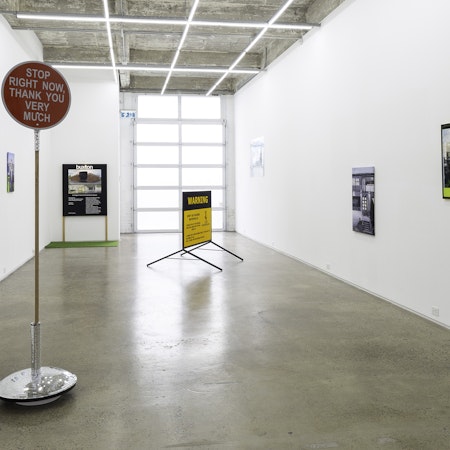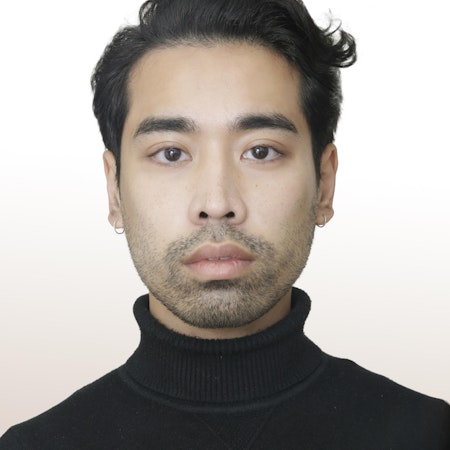By their very nature, dreams are fragmented, ambiguous and fickle. Yet we earnestly hold onto our dreams, sometimes for our entire lives.
In colonised Australia, dreams have long been expressed in terms of property ownership. The Australian Dream is something that has become deeply ingrained in our collective consciousness. In Developing Sunset, Scotty So reflects on the elusive nature of private property and its pervasive influence on our society. Drawing upon the seductive allure of real estate advertisements, this exhibition explores the intricate web of desires and aspirations that underpin our obsession with acquiring property.
So was born and raised in Hong Kong, one of the most densely populated places in the world. In Hong Kong society, property holds particular significance, as a form of both financial and social capital. It’s one of the most conspicuous symbols of status because it’s something that only the wealthiest members of society can attain. And when So moved to Australia in 2018—a land famous for its “boundless plains to share”—he realised that the desire for property ownership is a language that everyone speaks.
The thing about dreams is that they are universal. They transcend cultural and geographic barriers because they often speak to our most basic needs and wants (e.g. fulfilment, security, prosperity). What’s fascinating about the business of real estate is how much the industry plays into (and commodifies) these human wants. We often hear stories about self-serving developers selling homes to aspiring property owners at exorbitant prices and saddling them with mountains of debt. We ask ourselves: “How could these people have fallen for that?” But really, how could they not? The immense social and economic value attached to acquiring property makes it irresistible to anyone looking to advance or improve their lives. As So suggests in his painting Belle Prosperity (2023), all that’s required for a beautiful and prosperous life in Australia is a nice, big house (ideally one with a double garage and a Colorbond fence).
Discourse surrounding property ownership is often geared towards the individual; but So reminds us that the concept of private property is merely an idea, one that sits within a broader value system that is greater than us all. So explores this in Self portrait in front of the windows of the show room where Tracy will be getting her apartment from (2020-2023). In this painting, So subverts the genre of portraiture. Here, the individual is obscured to make way for the glossy, bright words plastered across the foreground. Hospitality–1, 2 & 3 Bedrooms Now Selling is all that the sign says; but it is more than enough to entirely consume the person in the frame.
The theme of eroding individuality is further developed in So’s Steve Burke (2023) paintings. In these works, So positions Steve Burke, the Principal Director of Belle Property Glen Iris, in front of three iconic Australian homes. Steve’s appearance changes depending on his location—a bob-shaped bouffant and a cigarette in front of the suburban residence of Kath and Kim; red devil horns and fangs in front of the house from Josh Thomas’ Please Like Me; and a mullet and moustache in front of the Ramsay Street house from Neighbours. Behind Steve’s saccharine smile is his canny ability to transform into whatever the client wants. Here, So draws attention not only to the inherent artifice of the industry, but also to the ease at which our aspirations can be manipulated, repackaged and sold back to us.
When we are being fed multiple versions of something, how do we distinguish between what’s genuine and what’s not? 7 Photos of My Home in Glen Iris from Different Real Estate Companies (2023) is a work that can be read as a collage of sorts. It consists of seven real estate photographs of So’s home printed on transparent film and laid on top of each other. In this new context, the commodity that these photographs were supposed to sell (i.e. the house) is no longer visible. The vision has become distorted and the dream has become an abstraction. In the end, there is nothing left to see. As we stare into the murky void, we ask ourselves: where to from here?

